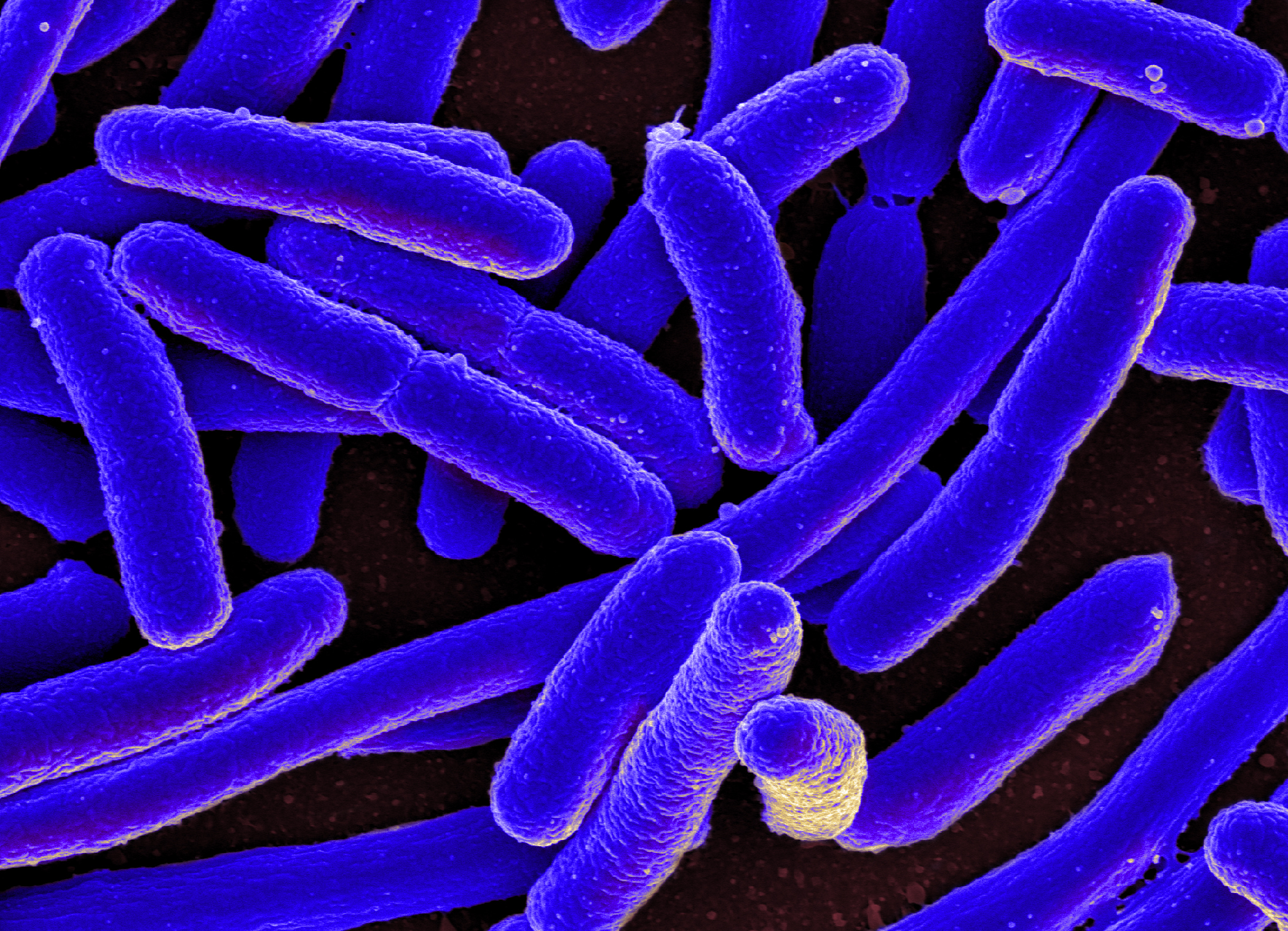An App for E. Coli Detection

The foodborne pathogen Escherichia coli O157 causes an estimated 73,000 illnesses and 60 deaths every year in the United States. Better safety tests could help avoid some of the illnesses caused by this strain of E. coli and other harmful bacteria, say MIT researchers who have come up with a possible new solution.
The MIT test is based on a novel type of liquid droplet that can bind to bacterial proteins. “It’s a brand-new way to do sensing,” says chemistry professor Timothy Swager, senior author of the study. “What we have here is something that can be massively cheaper, with low entry costs.”
The test relies on complex droplets called Janus emulsions. These droplets have two hemispheres of equal size, one made of a fluorocarbon and one made of a hydrocarbon. Fluorocarbon is denser than hydrocarbon, so when the droplets sit on a surface, the fluorocarbon half is always at the bottom.
These droplets have unique optical properties: in their natural state, they are transparent when viewed from above, but they appear opaque if viewed from the side, because of the way light bends as it travels through them.
To turn the droplets into sensors for E. coli, the researchers added mannose, a type of sugar, to the top half of the droplet. Mannose can bind to a protein called lectin, which is found on the surface of some strains of E. coli. When E. coli is present, the droplets attach to the proteins and clump together. This knocks the particles off balance, so that light hitting them scatters in many directions, and the droplets become opaque when viewed from above.
The researchers placed the droplets in a petri dish atop a QR code that can be scanned with a smartphone. When E. coli is present, the droplets clump together and the QR code can’t be read.
“The great advantage of our device is you don’t need specialized instruments and technical training in order to do this,” says Qifan Zhang, an MIT graduate student and first author of the paper. “That can enable people from the factory, before shipping the food, to scan and test it to make sure it’s safe.”
Keep Reading
Most Popular
Large language models can do jaw-dropping things. But nobody knows exactly why.
And that's a problem. Figuring it out is one of the biggest scientific puzzles of our time and a crucial step towards controlling more powerful future models.
The problem with plug-in hybrids? Their drivers.
Plug-in hybrids are often sold as a transition to EVs, but new data from Europe shows we’re still underestimating the emissions they produce.
Google DeepMind’s new generative model makes Super Mario–like games from scratch
Genie learns how to control games by watching hours and hours of video. It could help train next-gen robots too.
How scientists traced a mysterious covid case back to six toilets
When wastewater surveillance turns into a hunt for a single infected individual, the ethics get tricky.
Stay connected
Get the latest updates from
MIT Technology Review
Discover special offers, top stories, upcoming events, and more.